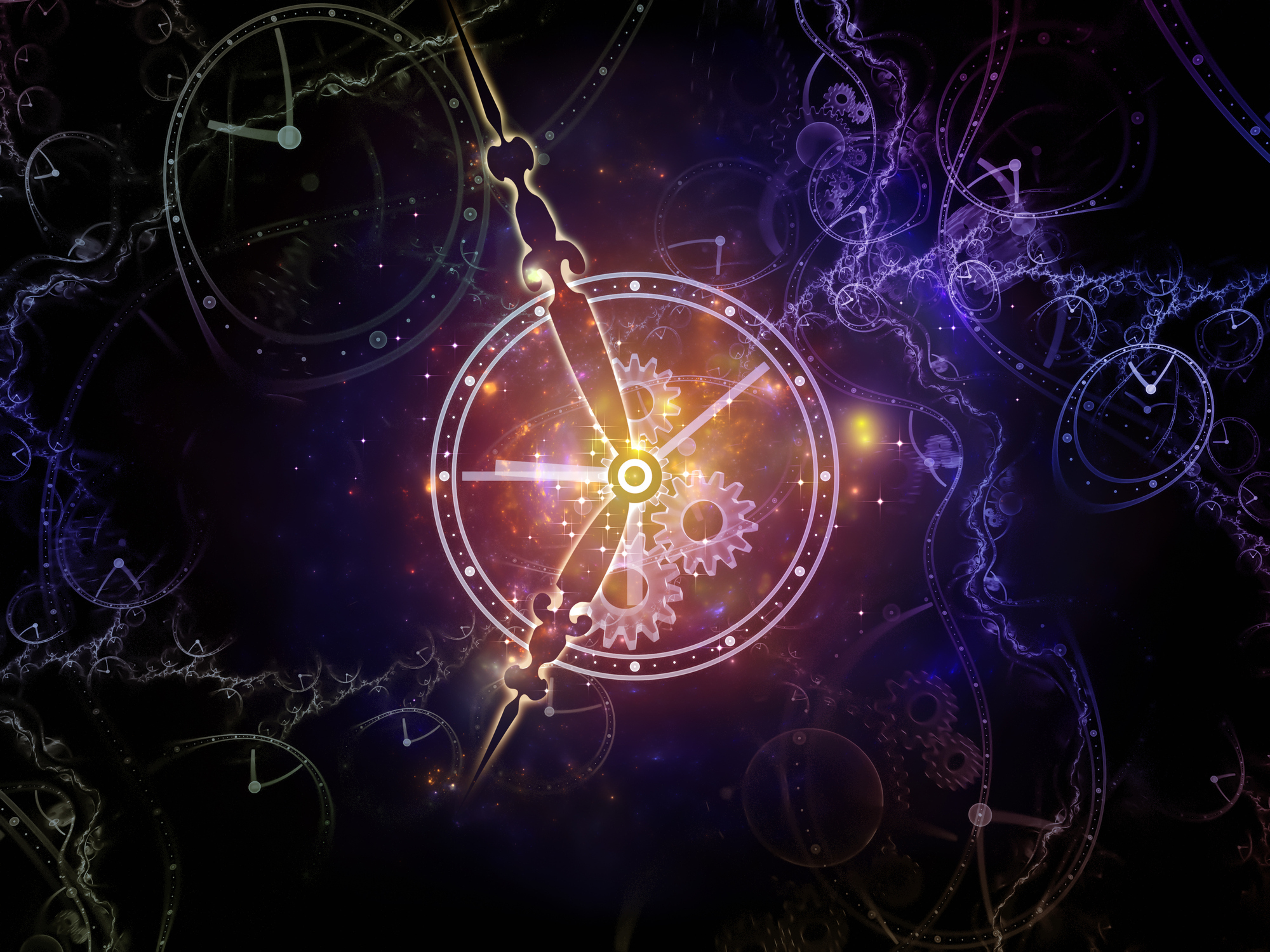
In 1927, scientist and religious figure Georges Lemaître proposed a revolutionary theory of the universe: that everything had begun with a Big Bang. Almost a century later, we now have strong evidence supporting that theory and that the universe is still expanding today. But what does the future of the universe hold?
To understand what’s to come and where we are now, it’s important to look back. According to University of Michigan professor of physics Fred Adams, Ph.D., and Yale University professor of astronomy Greg Laughlin, Ph.D., there are five eras of the universe. Let’s take a look at each.
1. The Primordial Era
At the beginning of everything, around 13.7 billion years ago, all the matter in the universe was concentrated in an incredibly dense area smaller than that of a dime. Then, it began to expand.
The Big Bang occurred in the first era of the universe, the Primordial Era, and it left the universe extremely hot. Once it began to rapidly cool, this led to prime conditions for quarks to combine and produce protons and neutrons. These subatomic particles produced the first atoms — the building blocks of our universe.
Radiation dominated this first era, which lasted about 100,000 years. It ended with the birth of the first stars and galaxies.
2. The Stelliferous Era
The second of the eras of the universe is the Stelliferous Era — the time in which we currently live. Most of the energy in our universe is produced in the hearts of stars, and the matter is concentrated in galaxies and galaxy clusters. “Stelliferous” means “filled with stars,” and that is the dominant type of matter in this second era.
It started with the birth of the first stars and the formation of the first galaxies. It will end with the last stars as galaxies run out of hydrogen, which is crucial to star formation. The end of the Stelliferous Era means the end of the most long-lived stars, red dwarfs.
3. The Degenerate Era
The future of our universe is somewhat dismal. This third era of the universe, the Degenerate Era, will come about after the death of all-stars. Much of the matter in the universe will be housed in the dead remnants of stars — white dwarfs, brown dwarfs, neutron stars, and black holes.
Without the warmth and glow of starlight, the universe will be a cold and dark place. This being the case, it goes without saying that all life in the universe will likely cease to exist after the Stelliferous Era. Occasionally, stars may form thanks to the collision of brown dwarfs, but these will be few and far between.
Dark matter will also disappear during this era, as it’s consumed by white dwarfs. The Degenerate Era will come to an end when the protons and neutrons housed within white dwarfs, the dominant form of matter in this era, begin to decay.
4. The Black Hole Era
After leaving the Degenerate Era, the universe will proceed to its fourth age: the Black Hole Era. The only recognizable objects left will be black holes. When the last white dwarfs disappear, the black holes will consume what’s left and become even larger.
But even black holes are not immortal. They will slowly evaporate through a process called Hawking radiation. When the last of the black holes are gone, and there is no energy production left in the universe, the end of the Black Hole Era will be upon us.
5. The Dark Era and the Heat Death of the Universe
The final era of the universe is one in which there is nothing left, just the byproducts of decay and evaporation. The end of our universe is markedly similar to the beginning: no stars, nothing generating energy.
Many scientists believe that the end will come with the heat death of the universe. In this case, heat death doesn’t mean that the universe will become super hot. It’s actually the opposite. Eventually, the universe will run out of free thermodynamic energy, which means there will be no energy to sustain motion. The universe will, essentially, die from lack of heat, because everything everywhere will be the exact same temperature.
It may seem like a dismal fate for the future of the universe but remember: science creates possibilities. There may be billions of universes out there, different from our own, and scientists have looked into tunneling from one to another. The heat death of our universe may not, in fact, be the end of everything, and as we explore further into space and push the boundaries of science, we’ll learn more about how our universe was formed and what we can do in the future.
Interested in all things in outer space and exploration? We are, too. Take a look at open positions at Northrop Grumman and consider joining our team.




